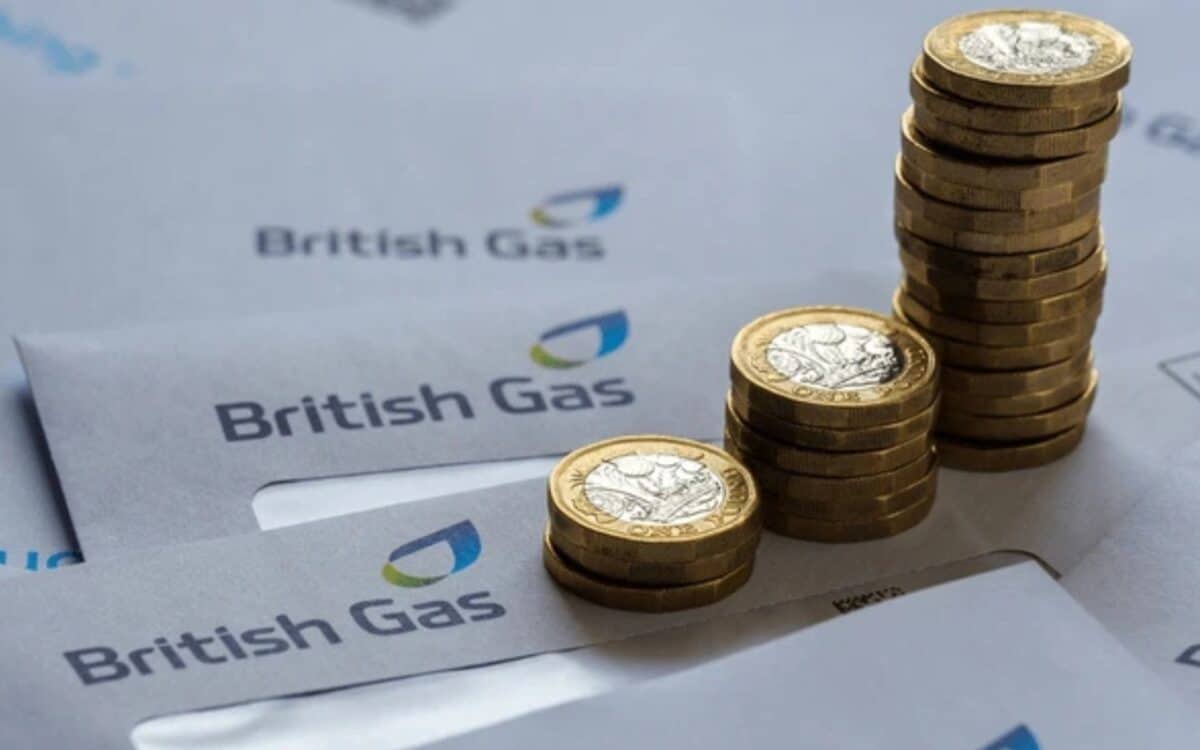British Gas customers will soon see a £338 refund, thanks to a shake-up in tariff rules proposed by Ofgem, the UK’s energy regulator. This major reform is part of an effort to create fairer and more flexible energy billing options for households.
British Gas and Ofgem’s Proposal: A Fundamental Change to Energy Bills
Ofgem’s proposal introduces a fundamental change to energy bills. Suppliers will be required to offer two distinct tariffs:
- Price-capped tariff with a standing charge: This includes the daily standing fee alongside the energy usage rate.
- Price-capped tariff without a standing charge: In this case, the costs usually covered by the standing charge will be added to the energy usage rate.
The aim is to give consumers greater control over their bills, allowing them to select the model that aligns with their energy consumption patterns.
Key Points of the Tariff Options
- With Standing Charge: Suitable for households with higher energy consumption, as the fixed costs are spread across their overall usage.
- Without Standing Charge: Favourable for low-consumption properties, such as second homes or unoccupied residences, where fixed fees currently outweigh energy usage costs.
Understanding Standing Charges and Their Impact on Households
A standing charge is a fixed daily fee for connecting a property to the energy grid. These charges apply regardless of how much energy is used, meaning even minimal users still face significant bills.
Currently, standing charges cost households around £338 per year on average, as highlighted by consumer finance expert Martin Lewis. This cost burden disproportionately affects households striving to minimise energy use, particularly during the ongoing energy crisis.
| Usage Scenario | Current Annual Cost (Approx.) | Impact Without Standing Charge |
|---|---|---|
| High consumption household | £1,200 (incl. standing charge) | Costs may rise slightly. |
| Low consumption household | £500 (incl. standing charge) | Could see reduced bills. |
| Second home or unoccupied home | £338 (standing charge only) | Significant savings likely. |
Concerns Raised by Energy UK on Proposed Changes
Energy UK, which represents suppliers, has raised concerns about the feasibility of these changes. Dhara Vyas, chief executive of the trade body, noted that introducing a second price cap option would fundamentally alter the existing system.
“It would shift from a single regulated price that offers universal protection to a model where customers must actively decide between options,” Vyas explained. Communicating these changes effectively to millions of households will be a significant logistical undertaking.
Impact of the Proposal on Vulnerable Customers
The proposal has drawn mixed reactions regarding its effect on vulnerable customers. While those with low energy usage may benefit, higher users—often those in vulnerable situations such as families with medical equipment or large households—might face higher costs.
Tim Jarvis of Ofgem addressed this concern, stating that while costs need to be redistributed, it is critical to avoid adverse effects on the most disadvantaged. For example:
- Redistributing costs to usage rates: Could lead to higher bills for heavy energy users.
- Maintaining standing charges: Risks penalising those already limiting energy usage.
Preparing for Change: The Need for Clarity in Tariff Selection
If approved, these changes will require careful planning and communication to ensure households understand and select the most appropriate tariff for their needs. Customers are urged to stay informed and reassess their energy usage patterns to take advantage of the new system once it is in place.









